On 21 April 1829 an international group of friends made up of antiquaries and archaeologists founded the Instituto di Correspondenza Archeologica on the Capitol in Rome. As the name suggests, the Instituto was established as the nodal point in a network of correspondents across Europe. Their aim was to document classical monuments and objects of all kinds and to make them accessible to a wide public through publications. This early form of communicating scientific information is a tradition still continued at the DAI.
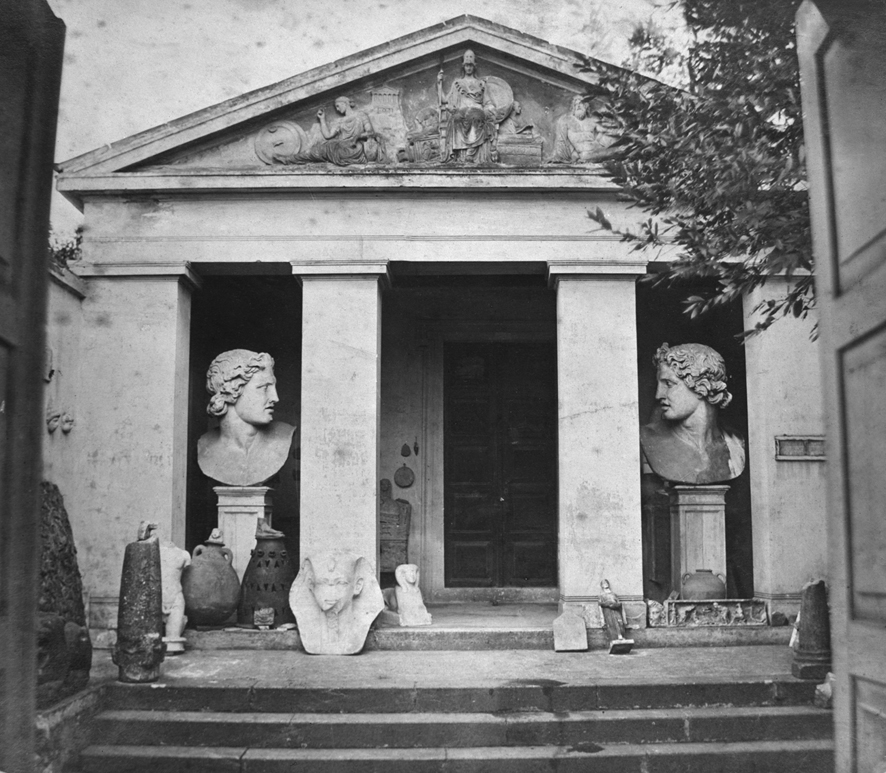
Today the DAI is a worldwide network of international and interdisciplinary corresponding members, and publicizes its research also via modern social media. Reason enough for us to celebrate our birthday here. So come with us over the next 190 days (22 April – 27 October) as we visit the DAI’s operational bases, fascinating sites and ongoing projects, old archaeological sites and new discoveries!
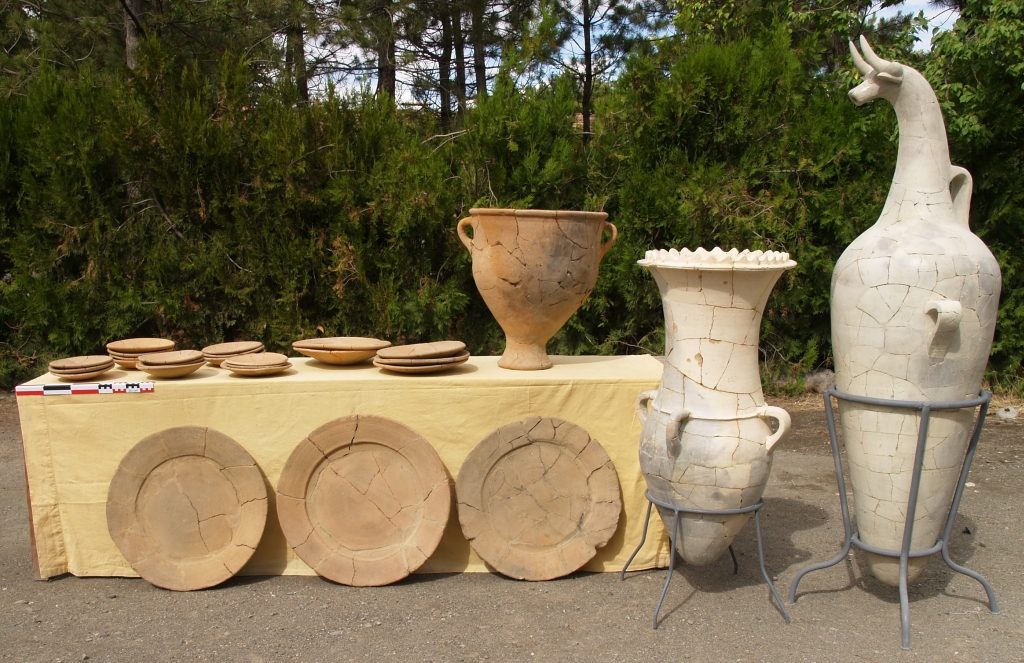
Ensemble of vessels, found at Hattusha in 2008 (Photo: DAI Istanbul) 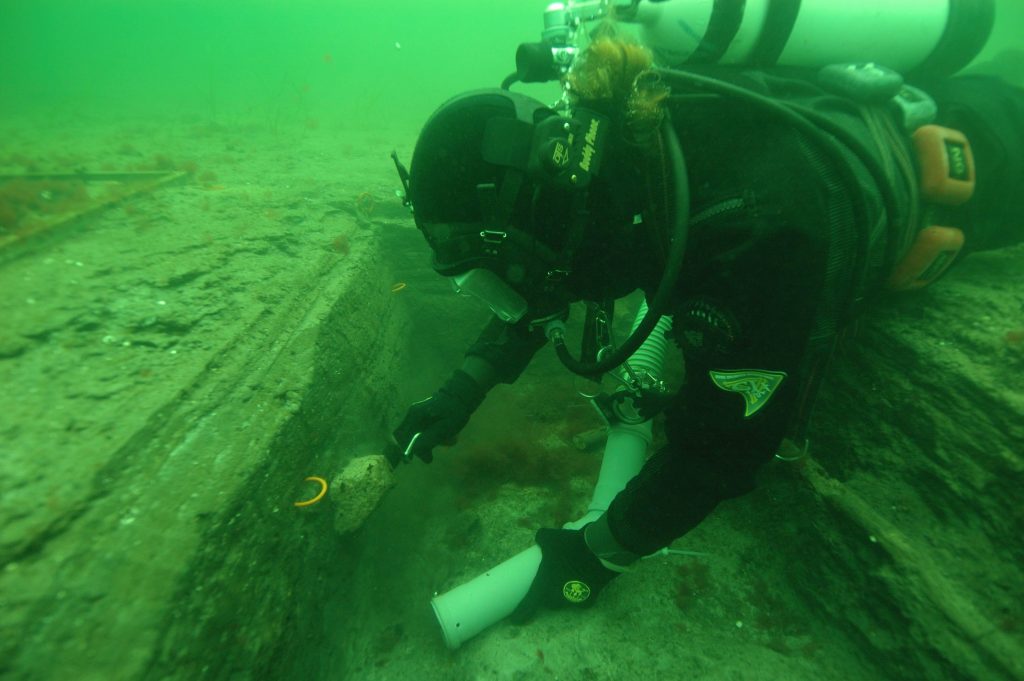
Investigation of early Neolithic settlements on the Baltic coast (Photo: H. Lübke) 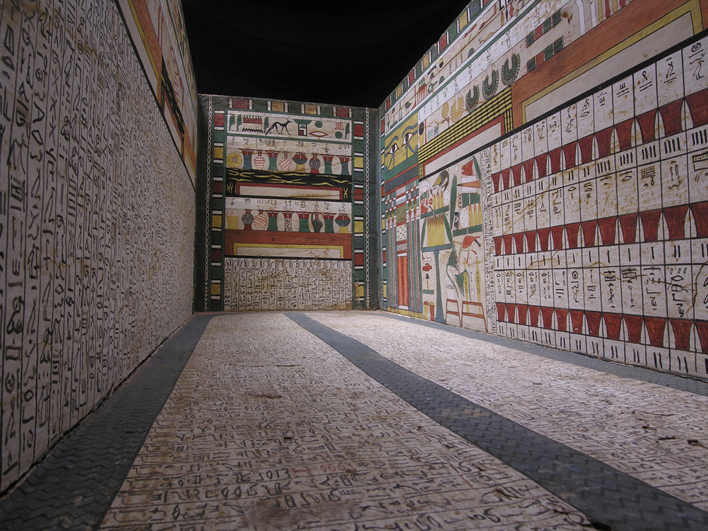
Painted wooden coffin of the judge Imeni (Luxor, c.1,800 BC) (Photo: DAI Cairo) 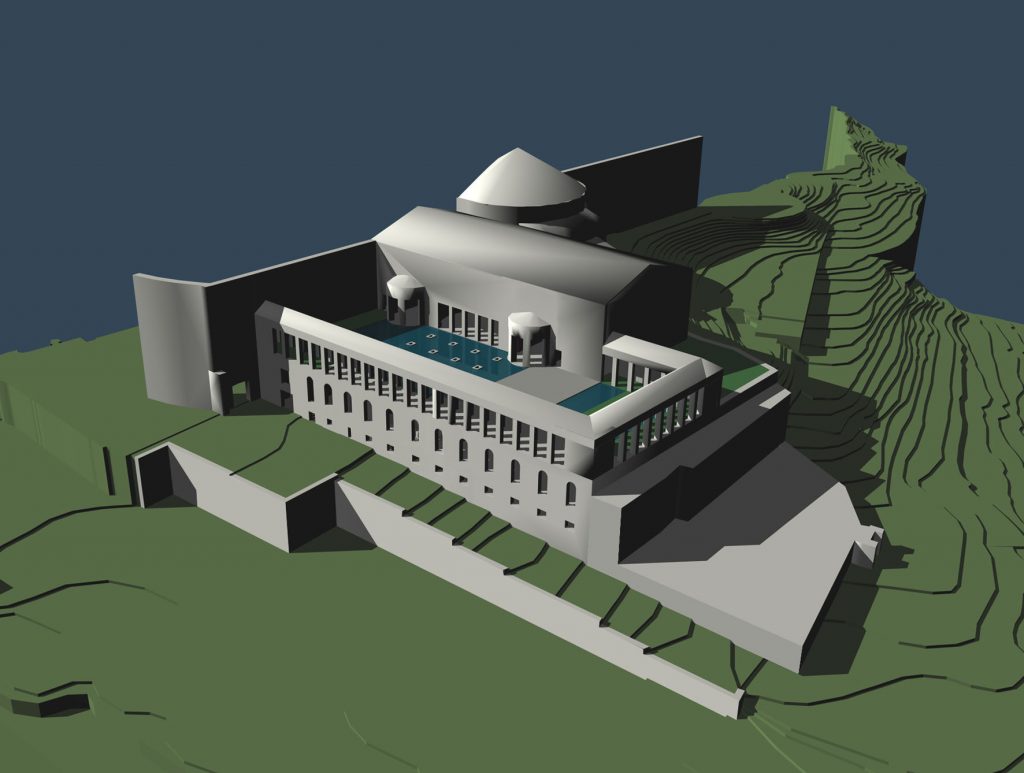
3D model of the so-called Domus Severiana on the Palatine in Rome (DAI Berlin) 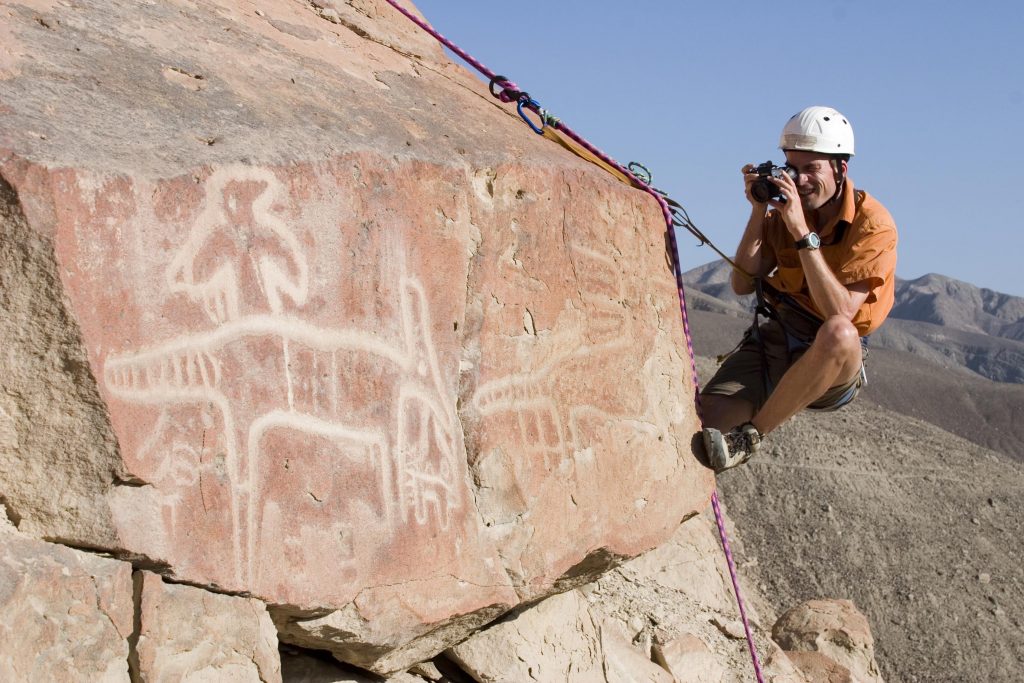
Documentation of petroglyphs (c.800-400 BC) at Chichictara, Peru (Photo: DAI KAAK) 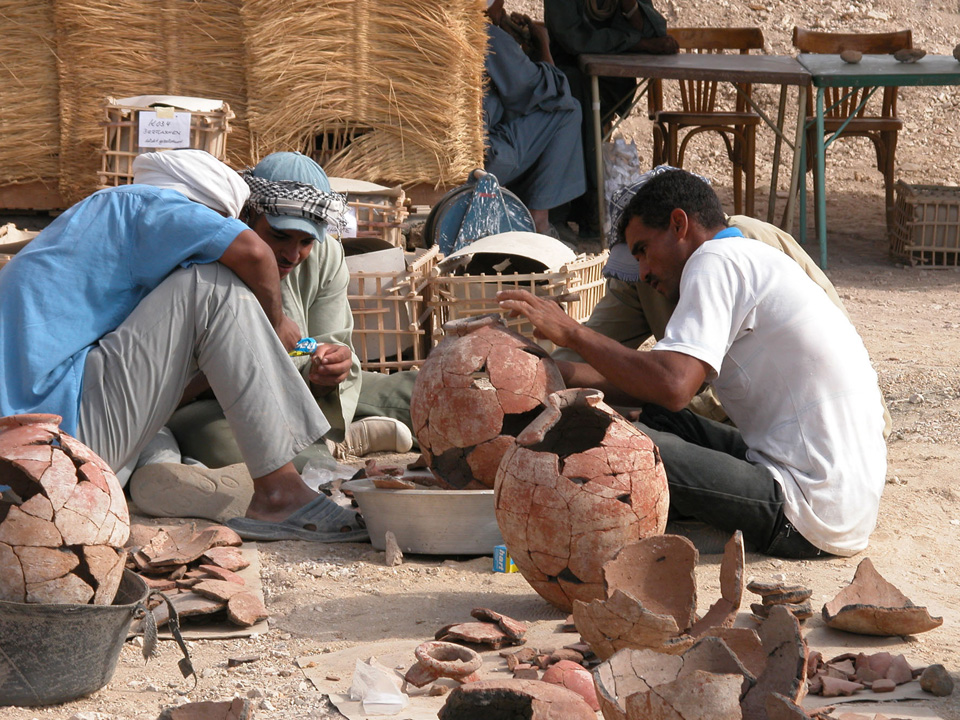
Reconstruction of ceramic vessels from the 13th Dynasty (c.1,750 BC) in Luxor (Photo: DAI Cairo) 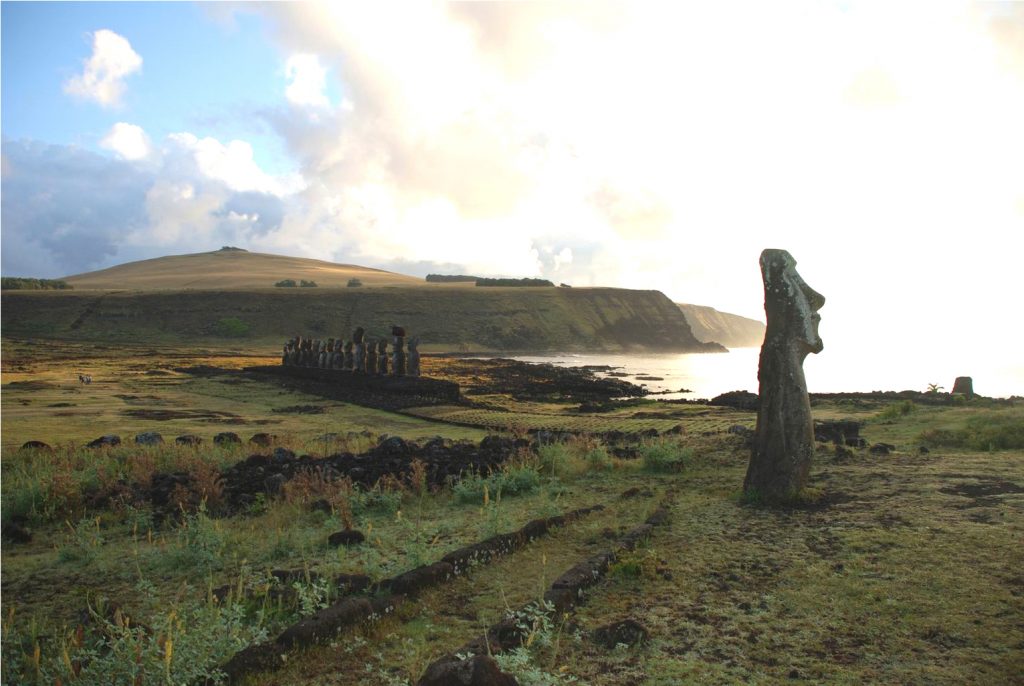
Colossal tuff figures from the Rapa Nui culture on Easter Island (Photo: DAI KAAK)